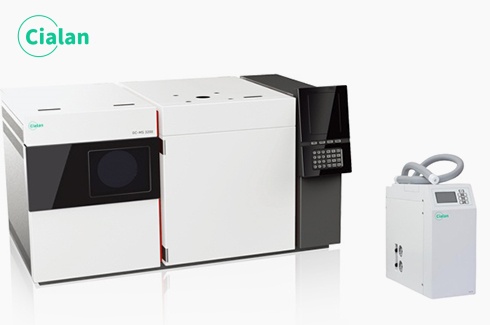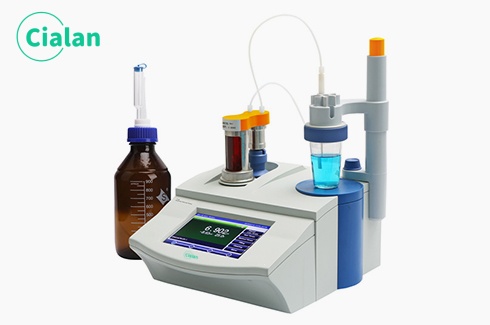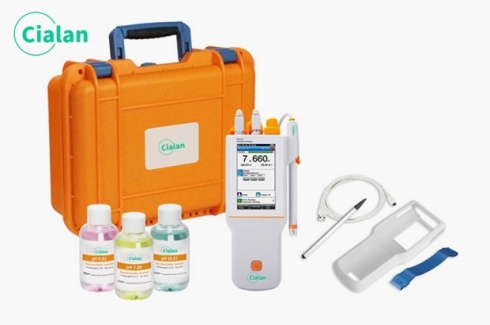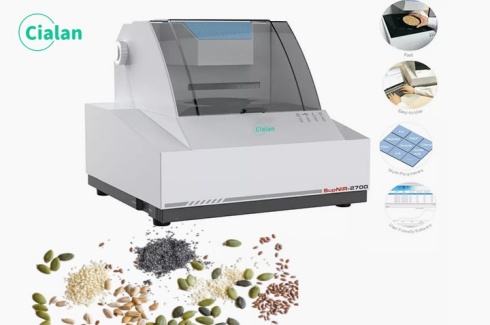Factors affecting the accuracy of flame photometer.
Flame spectrophotometer's introduction.
Flame photometer instrument using the flame itself to provide thermal energy, excitation of alkaline earth metals in some of the atoms, so that these atoms absorb energy after the jump to the previous energy level, when it returns to the normal energy level, it is necessary to release the energy, this release of energy has a spectral characteristic, that is, in a certain wavelength range. The instrument consists of optical and electronic circuits that make up the measurement device. The optical part consists of a protective glass and an interference filter. Protective glass can prevent the chimney for interference filter staining and flame heat burns, to extend the life of the interference filter.
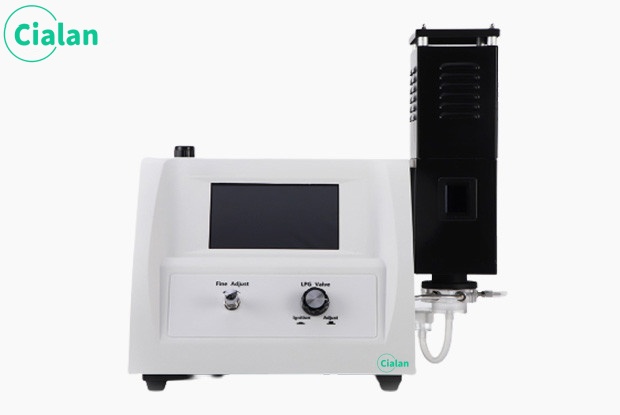
Three main factors affecting the accuracy of flame photometry.
1. Excite the stability of the situation, such as gas pressure and spray changes will seriously affect the stability of the flame, the sprayer does not keep very clean will cause no small error in the determination process, such as changes in the excitation situation should be promptly corrected compressed air and fuel gas pressure, and re-testing of the standard series and the specimen.
2. Analysis of the impact of changes in the composition of the solution: the standard solution must be made with the solution to be tested have almost the same composition. Such as acid concentration and other ion concentrations should strive to be similar.
3. Stability of the photometer part (photocells, detectors): such as photocells used continuously for a long time after the phenomenon of “fatigue” should stop measuring for a period of time, to be restored to the effectiveness of the reuse. Most of the flame photometric analysis of the appropriate concentration of pure salt solution, the accuracy is very high, the error is only 1% to 3%, analysis of soil, fertilizer, plant samples to be measured in the liquid, some elements (K, Na) the determination of the error of 3% to 8%, to meet the general production requirements of the accuracy.
Flame photometer instrument using the flame itself to provide thermal energy, excitation of alkaline earth metals in some of the atoms, so that these atoms absorb energy after the jump to the previous energy level, when it returns to the normal energy level, it is necessary to release the energy, this release of energy has a spectral characteristic, that is, in a certain wavelength range. The instrument consists of optical and electronic circuits that make up the measurement device. The optical part consists of a protective glass and an interference filter. Protective glass can prevent the chimney for interference filter staining and flame heat burns, to extend the life of the interference filter.

Three main factors affecting the accuracy of flame photometry.
1. Excite the stability of the situation, such as gas pressure and spray changes will seriously affect the stability of the flame, the sprayer does not keep very clean will cause no small error in the determination process, such as changes in the excitation situation should be promptly corrected compressed air and fuel gas pressure, and re-testing of the standard series and the specimen.
2. Analysis of the impact of changes in the composition of the solution: the standard solution must be made with the solution to be tested have almost the same composition. Such as acid concentration and other ion concentrations should strive to be similar.
3. Stability of the photometer part (photocells, detectors): such as photocells used continuously for a long time after the phenomenon of “fatigue” should stop measuring for a period of time, to be restored to the effectiveness of the reuse. Most of the flame photometric analysis of the appropriate concentration of pure salt solution, the accuracy is very high, the error is only 1% to 3%, analysis of soil, fertilizer, plant samples to be measured in the liquid, some elements (K, Na) the determination of the error of 3% to 8%, to meet the general production requirements of the accuracy.



